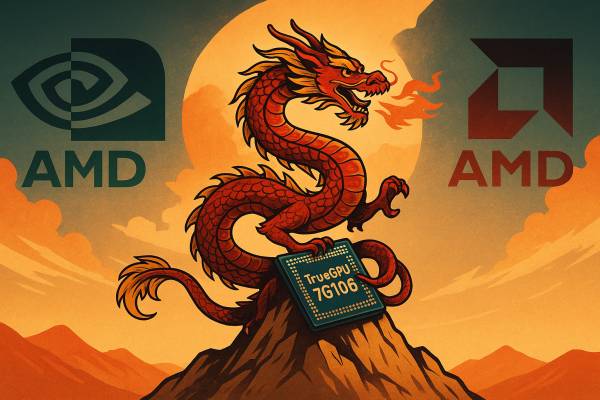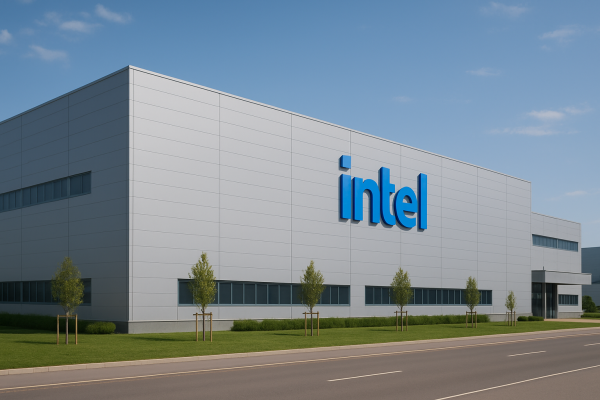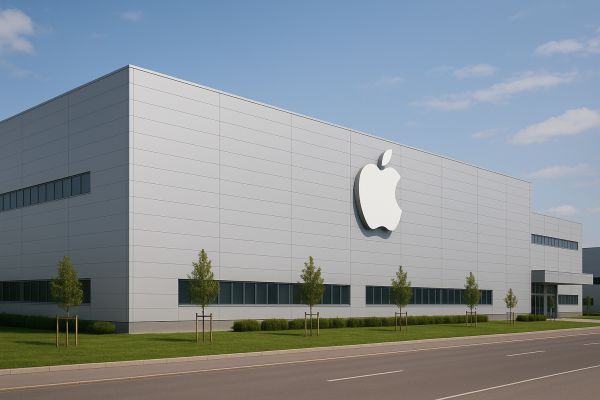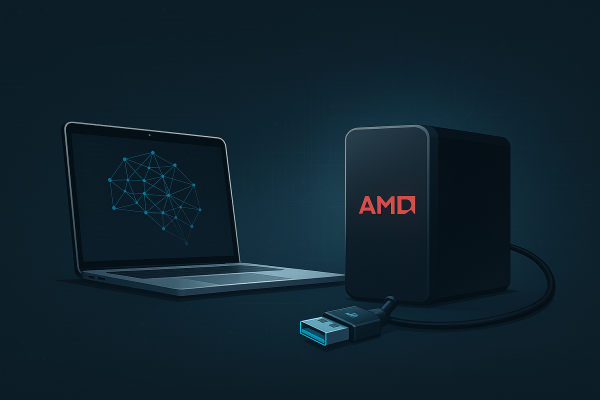With the Threadripper 9000 series, introduced in July 2025, AMD has once again proven that the boundaries of performance must be constantly pushed—in a fierce competition where Intel is no longer its only rival. This new processor family is not just a simple update; it introduces a fundamentally reimagined platform for professional workstations and uncompromising high-end desktop (HEDT) systems. Built on the Zen 5 architecture, these chips offer more cores, advanced memory support, and unprecedented I/O bandwidth, opening new horizons for content creators, engineers, and data scientists.
The new series is based on Zen 5 processor cores, codenamed Shimada Peak, manufactured using TSMC’s 4-nanometer FinFET process technology. This architectural leap is significant in itself, promising an average 16% increase in IPC (instructions per clock) compared to the previous generation—at least according to AMD’s own data. If accurate, this raw efficiency boost should be noticeable in every task, from everyday responsiveness to accelerating the most complex computational workloads. The processors use the sTR5 socket, which, while mechanically compatible with its predecessor, has been electronically redesigned to meet higher power demands.
The Threadripper 9000 series is built on two distinct platforms designed to serve different user needs. At the top is the Threadripper PRO 9000 WX-series, supported by the WRX90 chipset. This platform caters to the uncompromising demands of professional workstations, offering eight-channel DDR5-6400 ECC memory support with capacities up to 2 terabytes, as well as 128 PCIe 5.0 lanes for the latest graphics cards, NVMe storage, and other expansion cards. PRO models—such as the 9995WX, which features 96 cores, 192 threads, and 384 MB of L3 cache—are designed for highly parallelized tasks like high-resolution video rendering, complex engineering simulations, or scientific data analysis.
In parallel, the HEDT (High-End Desktop) platform, built on the TRX50 chipset, targets content creators, AI developers, and dedicated enthusiasts. Although it offers “only” quad-channel DDR5 memory support and up to 80 PCIe 5.0 lanes, it still far surpasses the capabilities of conventional desktop systems. Models in this category—such as the 64-core Threadripper 9980X—continue to deliver extraordinary computational performance, providing an ideal foundation for creative workflows and training artificial intelligence models. A key distinction is that while the PRO models support error-correcting ECC memory, this feature is not available on the HEDT versions.
Beyond core count and memory bandwidth, the new processors also bring major advancements in other areas. Support for the AVX-512 instruction set with a full 512-bit data path can dramatically accelerate scientific, financial, and AI workloads. According to internal benchmarks released by AMD, the new processors deliver up to a 25% speed increase in certain AI and machine learning tasks, and outperform competing solutions by up to 83% in the Cinebench R24 rendering test and up to 80% in Adobe After Effects. These results clearly demonstrate the enormous leap in real-world performance enabled by the Zen 5 architecture and the enhanced platform.
In summary, the AMD Threadripper 9000 series sets a new standard in high-performance computing. From the 96-core flagship models to the more “modest” but still incredibly powerful 24-core versions, every processor leverages the efficiency of the Zen 5 architecture and the capabilities of the advanced sTR5 platform. Whether it’s a render farm for a major film studio, a simulation workstation for an engineering firm, or a data analysis machine for an AI researcher, the Threadripper 9000 delivers a level of computational power that was once the exclusive domain of supercomputers.





























